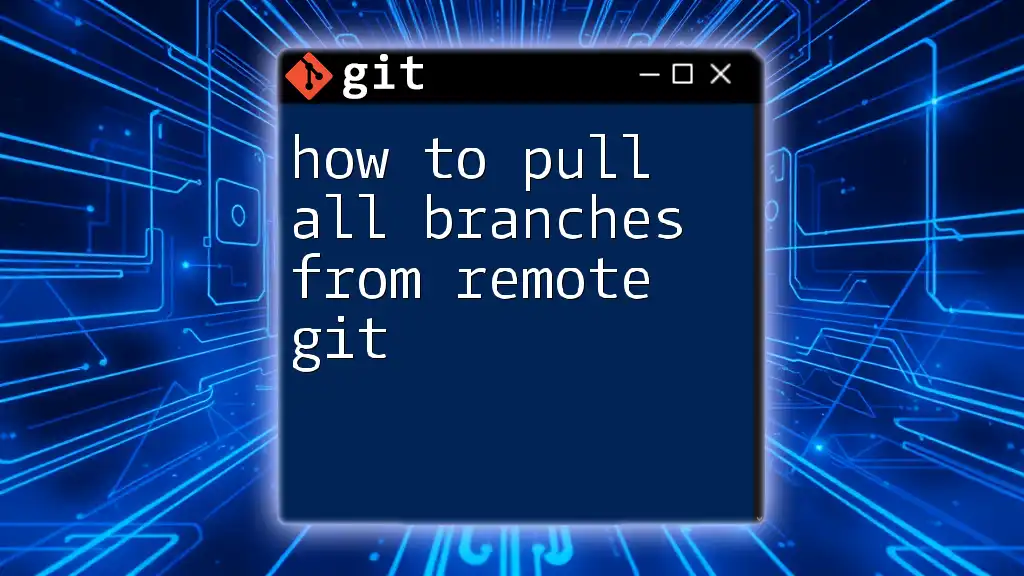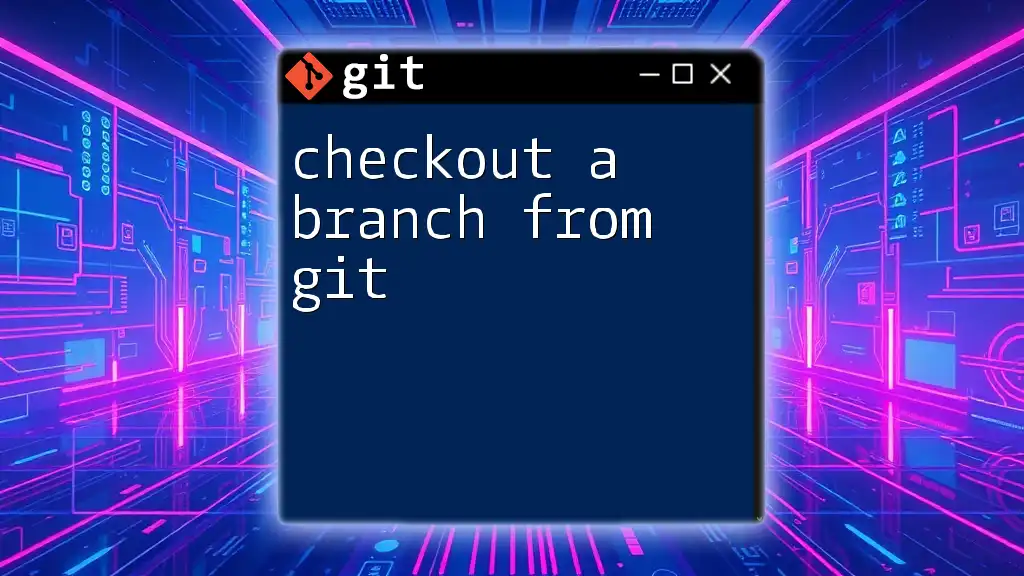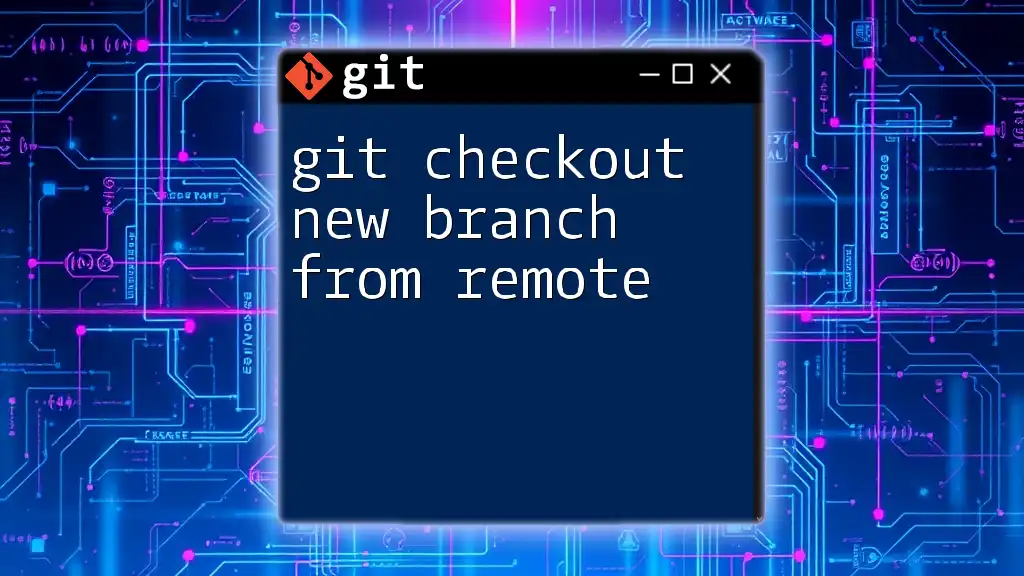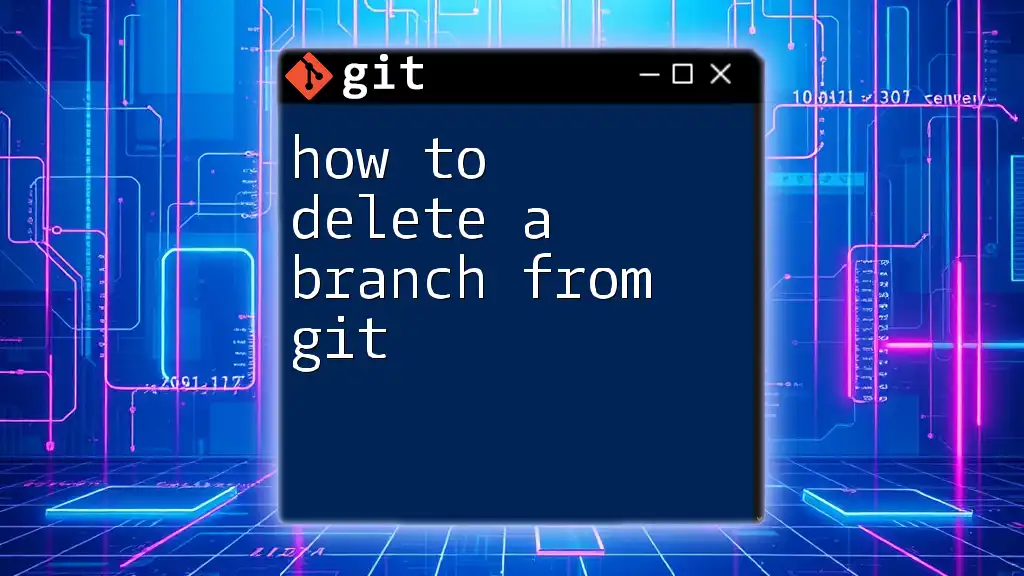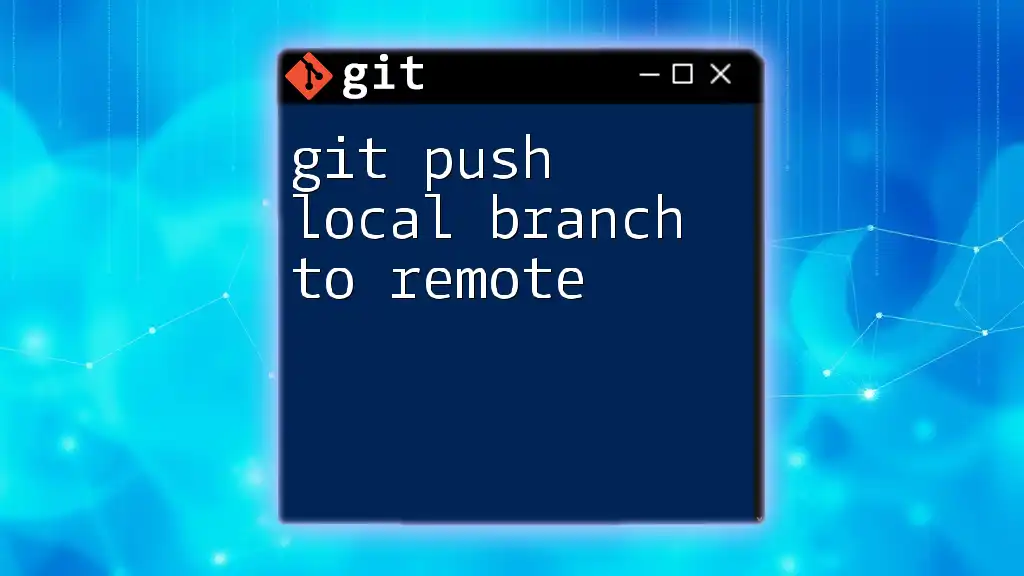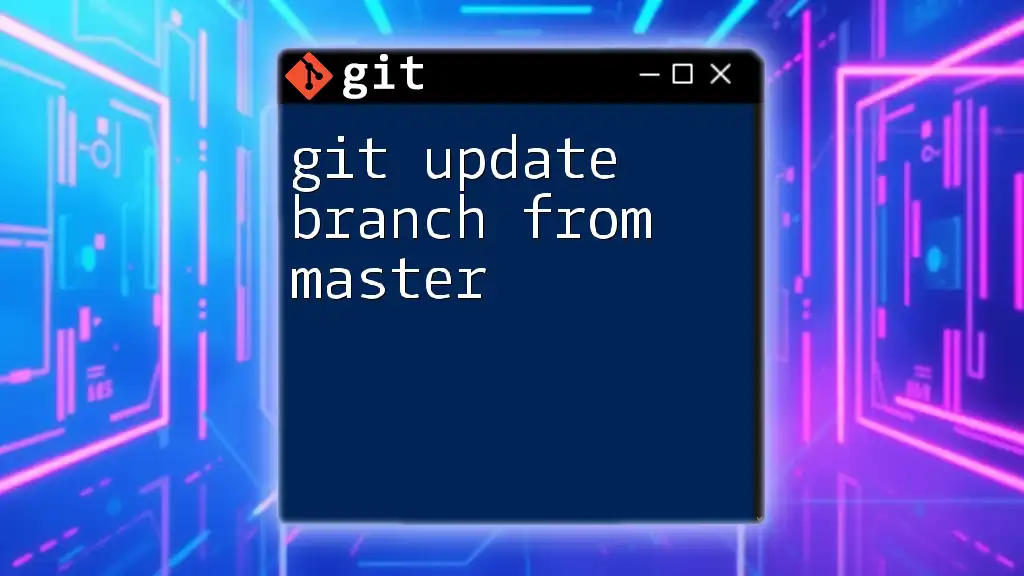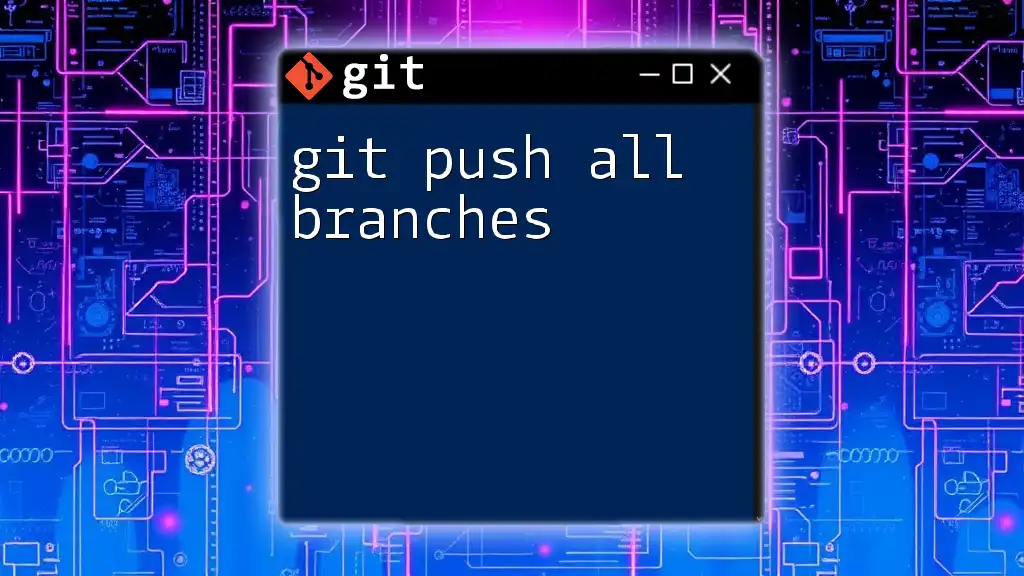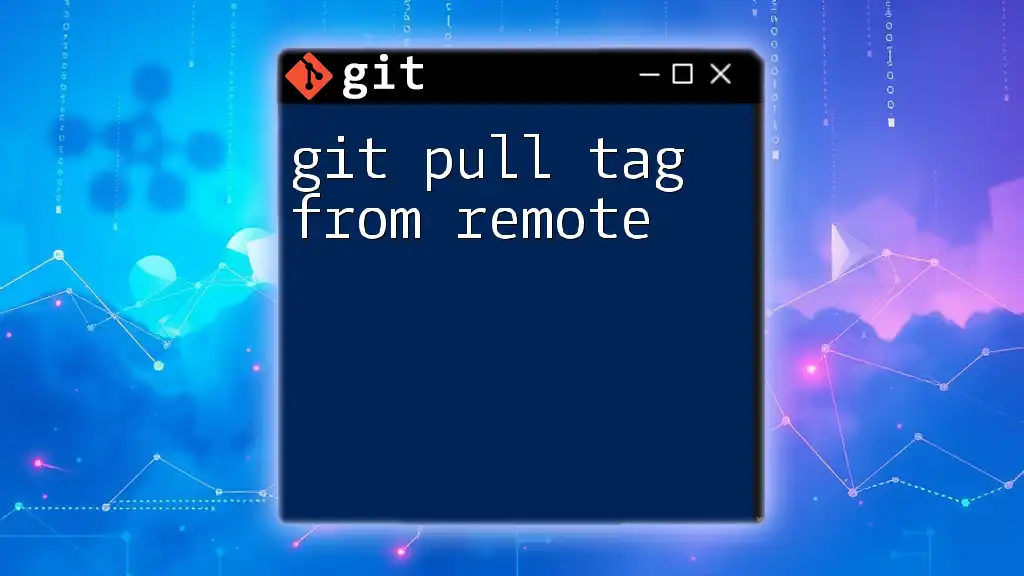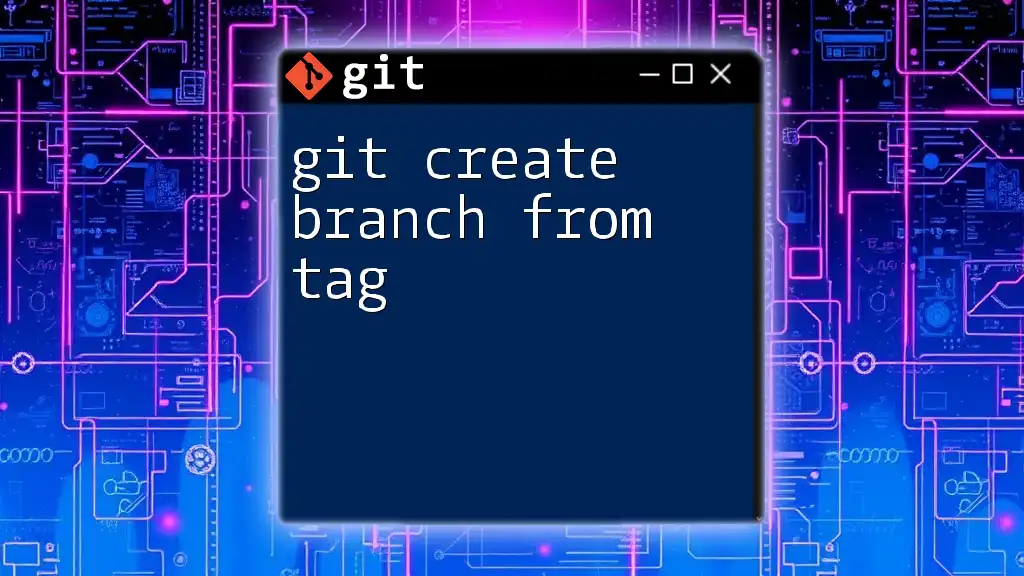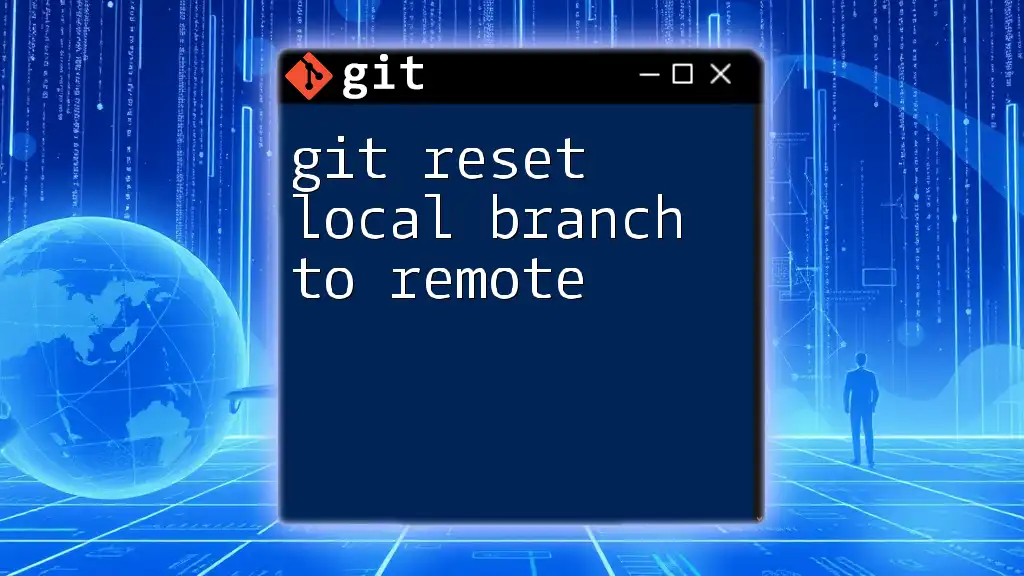To pull all branches from a remote Git repository, you can use the following command, which fetches all branches and updates your local references:
git fetch --all
git pull --all
Understanding Remote Repositories
What is a Remote Repository?
A remote repository serves as a key component of version control systems, allowing multiple collaborators to work on a project simultaneously. It is a version of your codebase that is hosted on the internet or a network, enabling others to access, contribute, and share code. Popular platforms for managing remote repositories include GitHub, GitLab, and Bitbucket.
Why Pull All Branches?
When working in a collaborative environment, it's crucial to stay updated with all changes made across different branches. Pulling all branches from remote helps ensure that your local version is synchronized with the team's work, minimizing conflicts and confusion during development. This is particularly vital during code reviews, feature integrations, or when preparing to release a product.
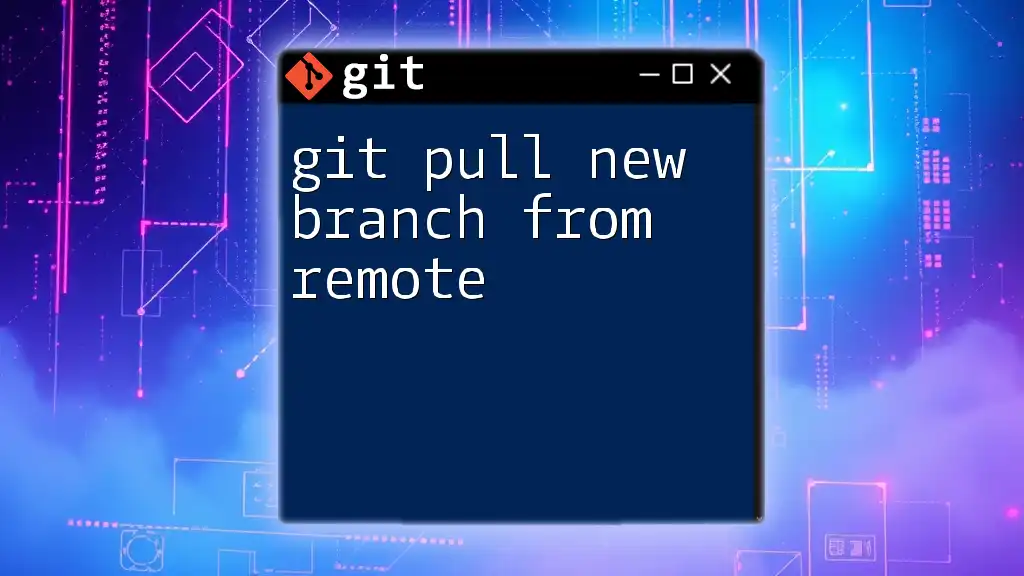
Setting Up Your Local Repository
Cloning a Remote Repository
To start working with a remote repository, you will first need to clone it to your local machine. This can be achieved using the basic Git command:
git clone <repository-url>
This command downloads the entire repository, including all branches and commit history, giving you access to the project's code.
Checking Remote Branches
After cloning, you will likely want to check what branches are available on the remote. You can do this with the following command:
git branch -r
This command lists all the branches from the remote repository. Understanding what branches are available is essential for determining which branches need to be pulled down locally.
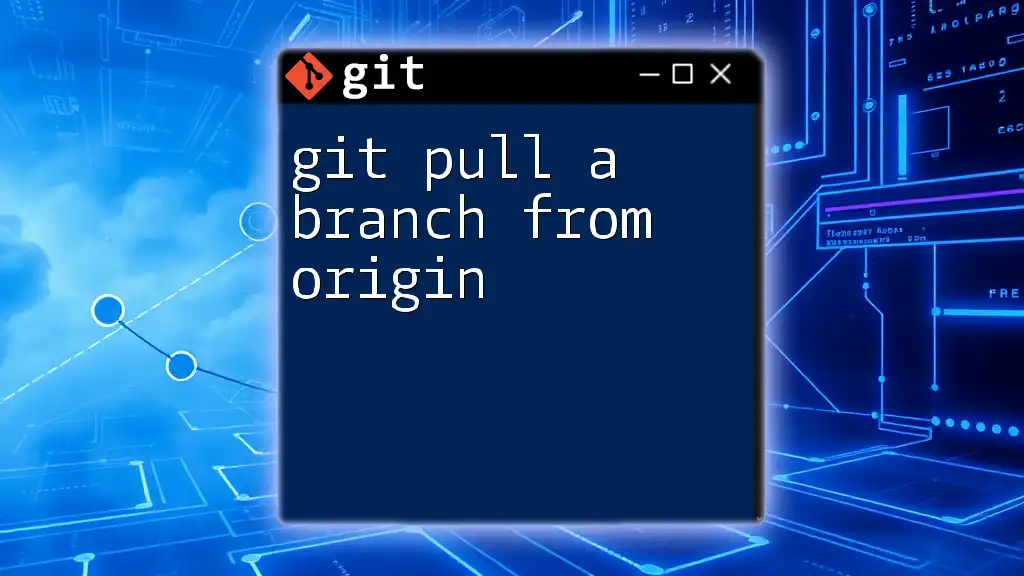
Pulling All Branches from Remote
Using Fetch
What is Git Fetch?
The fetch operation in Git is crucial for keeping your local repository up to date. Unlike the pull command, which fetches and merges changes, fetching only retrieves new changes from the remote without modifying your local branches. This two-step process allows you to review changes before integrating them.
Fetching All Remote Branches
To pull down all remote branches without creating local copies, use the command:
git fetch --all
This command connects to the remote repositories and retrieves updates from all branches. To view the fetched branches, you can again execute:
git branch -r
This will show you the newly available remote branches.
Creating Local Tracking Branches
What are Tracking Branches?
A tracking branch in Git is a local branch that is linked to a specific branch in a remote repository. This linkage allows you to easily sync your local changes with the remote state, making collaboration smooth.
Creating Local Branches
To create local tracking branches for all remote branches, you must run a command for each branch. You can create a local branch that tracks a specific remote branch like this:
git branch <branch-name> remotes/origin/<branch-name>
For example, to create a local branch named `feature-branch` that tracks `feature-branch` from the remote repository, you would run:
git checkout -b feature-branch remotes/origin/feature-branch
This command sets up a new local branch that tracks the specified remote branch, allowing you to pull changes easily in the future.
Using a Script for Convenience
Why a Script?
When dealing with multiple branches, manually creating local copies for each one can become tedious. A script can streamline this process, saving time and reducing errors, particularly in larger projects with many branches.
Sample Script to Pull All Branches
Here's a simple Bash script that can help you automate pulling all remote branches and creating local tracking branches:
#!/bin/bash
git fetch --all
for branch in $(git branch -r | grep -v '\->'); do
git branch --track "${branch#origin/}" "$branch" || true
done
This script does two things: it fetches all updates and then loops through the remote branches, creating local tracking branches for each one. This efficiency is particularly beneficial in projects with numerous branches.
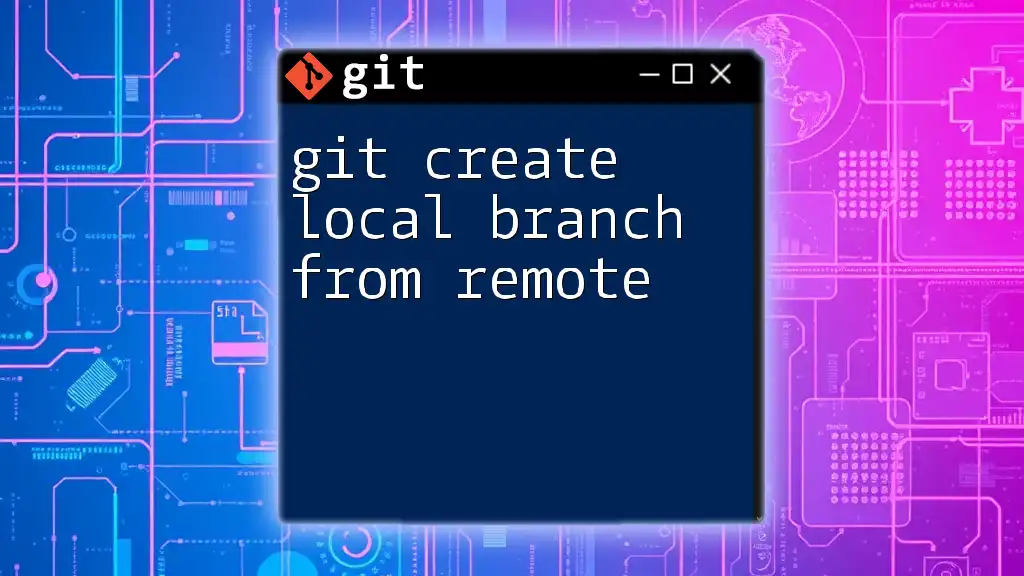
Common Issues and Troubleshooting
Resolving Conflicts
While pulling branches, you may encounter conflicts, especially if you have local changes that differ from those on the remote. To resolve these conflicts, you can use various methods, including:
- Manually merging the changes by editing files and using `git add` to stage the merges.
- Use commands like `git merge --abort` to cancel a merge operation if needed.
Verifying the Pull
Once you have fetched and created local branches, it's a good practice to verify whether all branches have been pulled successfully. Use the following command to list all your local branches:
git branch
This will show you a list of all branches in your local repository, confirming that tracking branches have been set up properly.
Updating Existing Branches
After initially pulling branches, it's essential to keep them updated. You can do this by switching to the desired branch and using:
git pull
This command fetches and merges the latest changes from the corresponding remote branch into your current branch, ensuring that your work is based on the most up-to-date code.
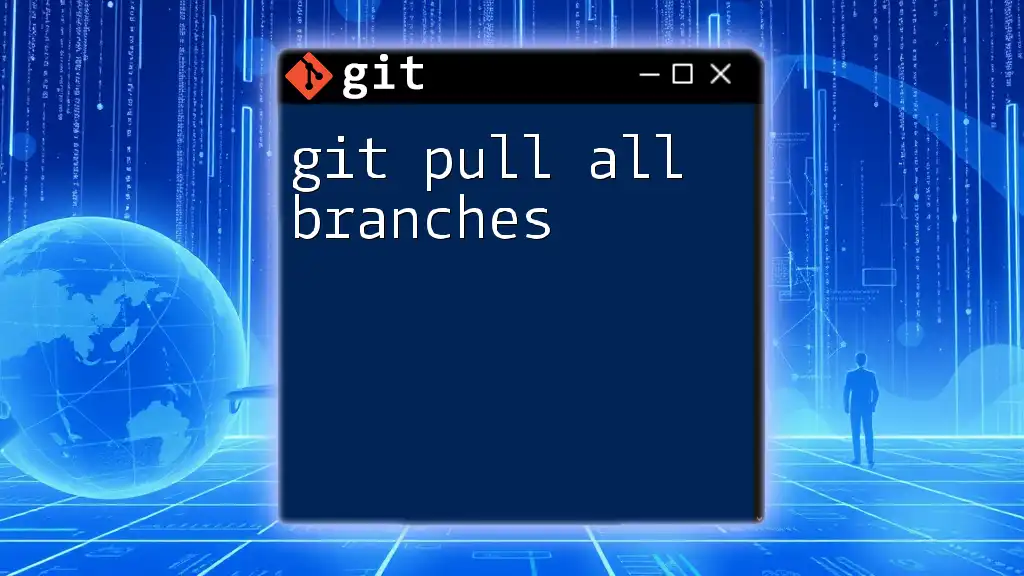
Conclusion
In summary, knowing how to pull all branches from remote Git is essential for robust collaboration in software development. By utilizing commands such as `git fetch --all` and leveraging scripts for efficiency, you can streamline your workflow and ensure that you are always aligned with your team. It's advisable to practice these commands regularly to become proficient and comfortable with managing branches in Git.
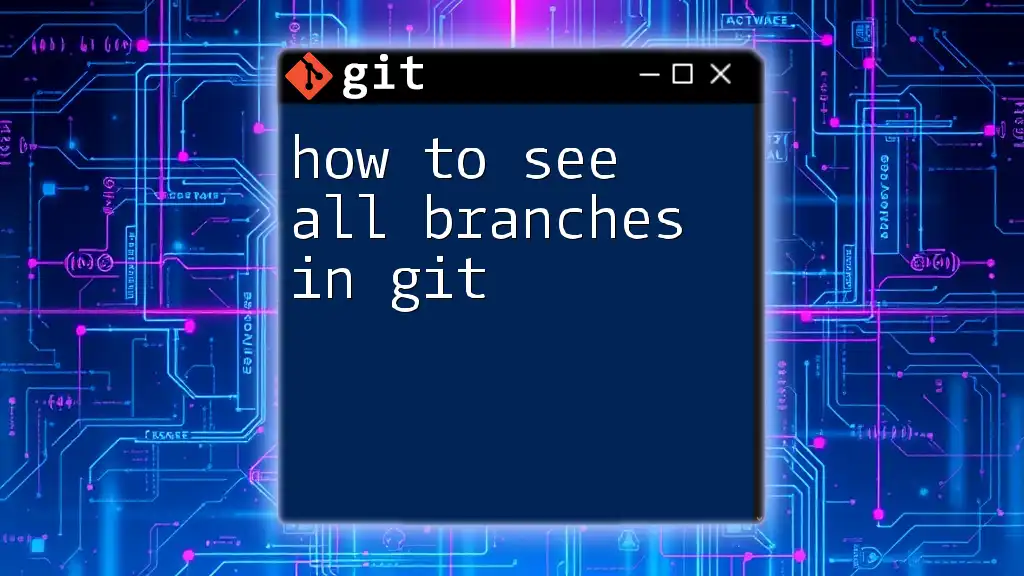
Further Resources
For more information, check out the official Git documentation, which provides in-depth guidance on various Git operations. Additionally, consider signing up for video tutorials or online courses for a more interactive learning experience. Stay updated with blogs and articles to refine your Git skills continually!

